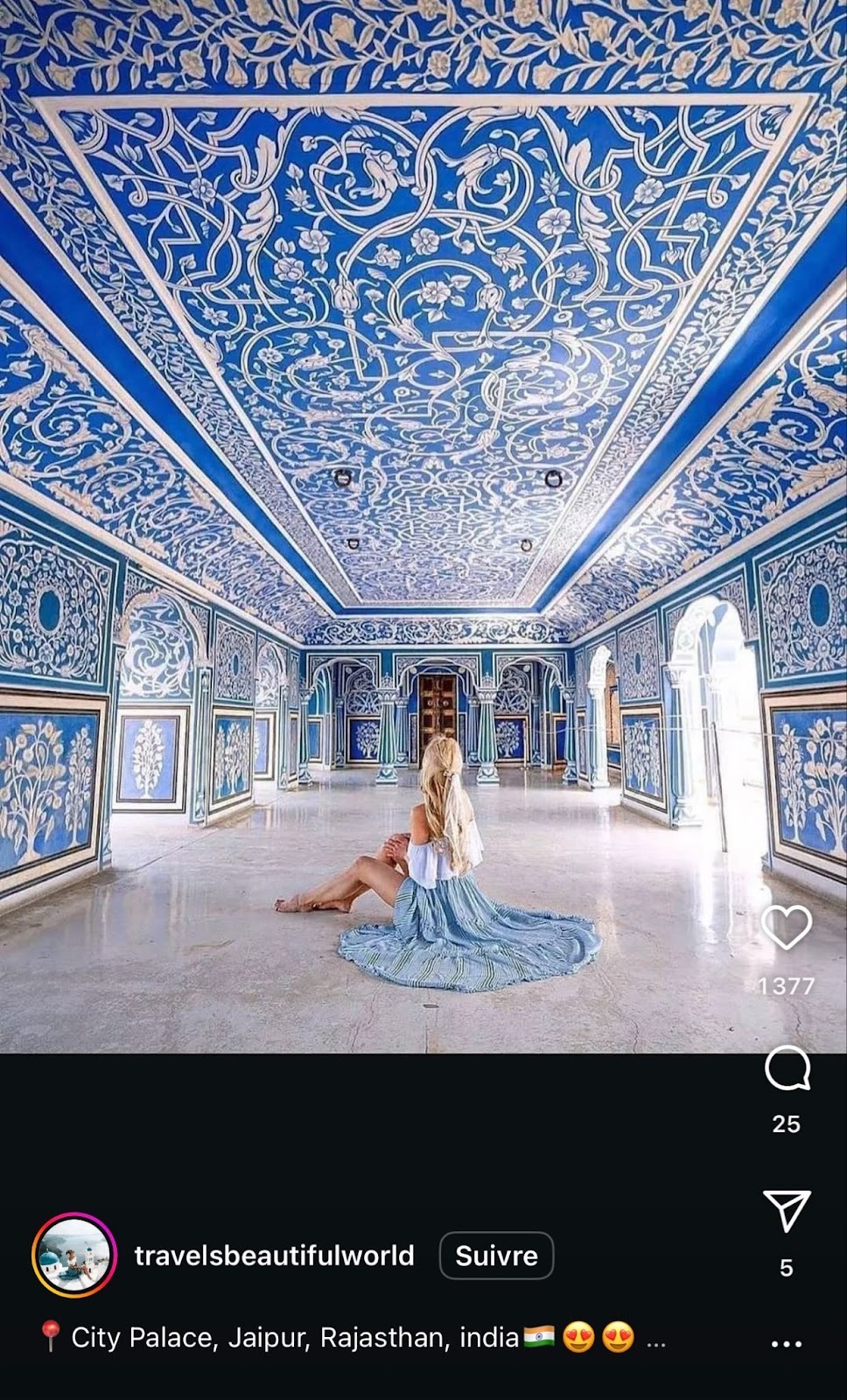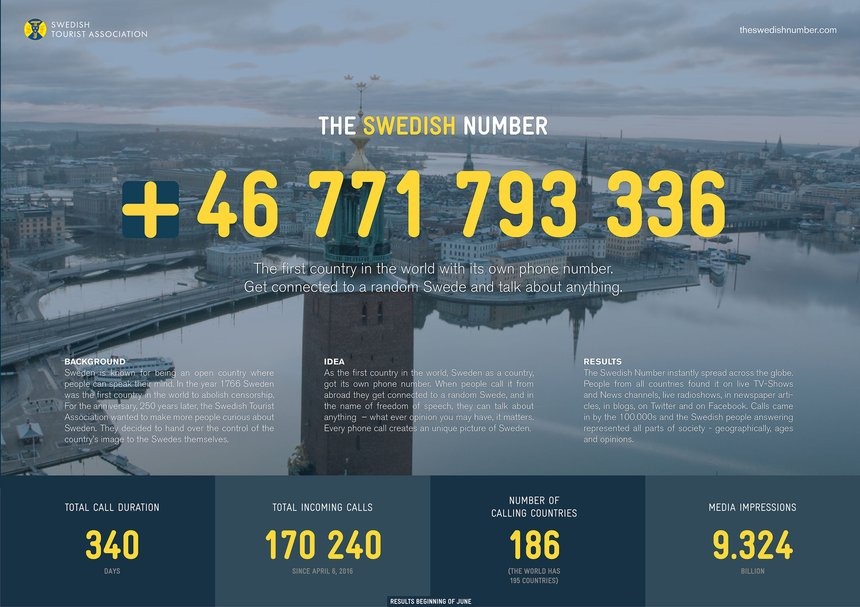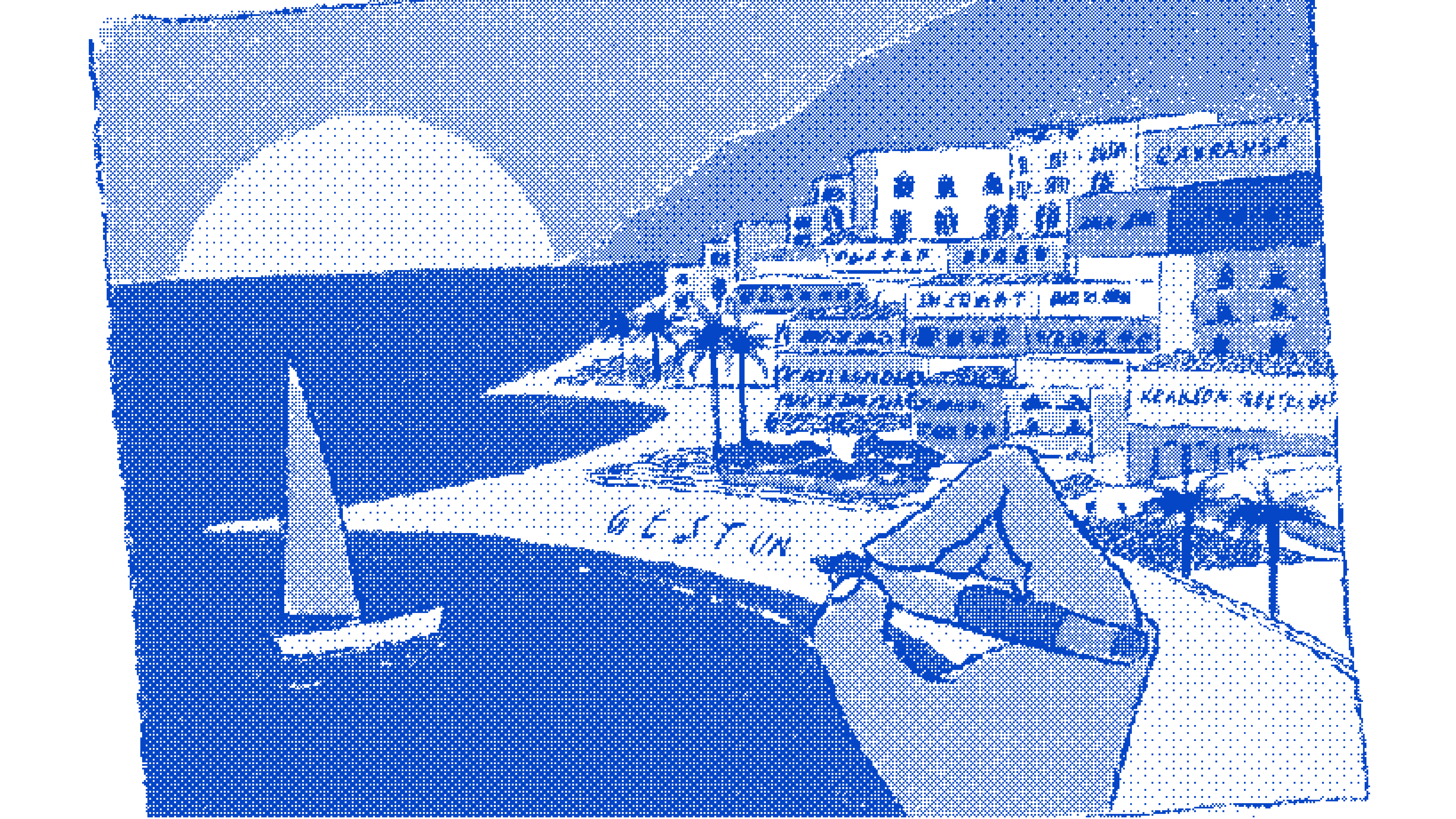Saint-Tropez, Mykonos, Ibiza... these are no longer mere dots on a map. They are brands — status labels, lifestyle badges, external signs of belonging. But while these legendary destinations seem frozen in their myth, a new generation of places — shrewder, more agile — is emerging.
They are not selling tourism. They are selling storytelling, identity projection, and social photogenicity. Some are rising, others are fading. Here is the updated map of desire — with data, insights, and weak signals for 2026.
Data: The Destination Brands to Watch
Recent rankings by Travel + Leisure, Time Out, and National Geographic confirm the shift: destinations are no longer simply visited — they are chosen for what they say about the traveller.
Jaipur (India) entered the global top 5 most desirable cities in 2025 (Travel + Leisure), thanks to a heritage-driven storytelling embodied by its hotels (Taj, Oberoi), its iconic colours, and a powerful image economy.
Charleston (USA) attracted 7.9 million visitors in 2024 through a quiet move upmarket: impeccably aesthetic streets, Southern cuisine, and boutiques from Hermès, Gucci, and LV — the new icon of “old money chic.”
Cape Town (South Africa), ranked the most attractive city of 2025 by Time Out, combines biodiversity, wine culture, contemporary art, LGBTQ+ engagement, and immersive experiences.
Queenstown (New Zealand), voted the world’s most tranquil city, has become a “low-noise luxury” destination for a new kind of traveller — one seeking to disconnect without boredom.

The Red Sea Project (Saudi Arabia): 22 untouched islands, a $5.5 billion budget, Aman and Six Senses hotels, and an image strategy worthy of a luxury house. The destination is a fully integrated brand — imagined before it even existed.
Case Study: Sarajevo, the Storytelling of Resilience
Long viewed as a scar of the 1990s, Sarajevo is now emerging as a reborn destination brand. Why?
- New accessibility: direct flights now connect it to Paris, Berlin, Vienna.
- Powerful historical layering: Ottoman empire, Central Europe, Yugoslavia, war — all visibly intertwined.
- Cultural capital awakening: the Sarajevo Film Festival, 20th-century museums, alternative cafés in Austro-Hungarian buildings.
- An image just raw enough to appeal to a generation tired of polished aesthetics.
→ It’s the Berlin before 2010, but with more soul.
→ Above all, it offers a promise of personal transformation: visitors feel “initiated,” “in the know,” somehow deeper than those who go to Lisbon.
The result: a record Net Promoter Score in National Geographic’s 2024 rankings and a 28% increase in visitor numbers over the past three years.
Who’s Rising, Who’s Stalling?
On the Rise
- Jaipur: the ultimate Instagrammable Orient.

- Charleston: muted luxury, calibrated lifestyle.
- Cape Town: cosmopolitan energy, open horizons.
- Queenstown: quiet luxury and cinematic views.
- Sarajevo: narrative “post-tourism,” low-key authenticity.
- Red Sea Project: a brand more than a destination.
Losing Steam
- Ibiza: blurred image, prohibitive prices, Gen Z fatigue.
- Bali (Ubud): over-saturation, lost authenticity, rootless tourism.
- Venice / Barcelona: fighting overtourism, but image tarnished.
- Tulum: victim of its own bohemian storytelling, now “artificial chic.”
Europe Focus: The Rising Gems
- Comporta (Portugal): eco-chic, low-profile luxury, effortless settings.
- Hydra (Greece): the car-free island where Leonard Cohen wrote his songs.
- Gothenburg (Sweden): Green Capital 2026 and the new temple of Scandinavian design.

-
- Bodrum (Turkey): a fusion of Eastern hospitality and Western hospitality codes.
- The Dolomites (Italy): Alpine cool — the summer alternative to an overheated Mediterranean.
2026 Trends: The Emerging Lines of Force
1. Cool is the New Hot
Scorching summers are redrawing the map. Norway, Iceland, the Dolomites, the Scottish Highlands… these are becoming the new summer destinations. Not despite climate change — but because of it. You won’t be alone in northern Scotland this summer.
2. Calm Brands
In a noisy world, destinations promoting stillness are gaining power. Queenstown, Svalbard, and inland Sardinia are the new codes of luxury. If there’s no signal, that’s almost better.
3. Set-Jetting 2.0
After Game of Thrones put Croatia on the map, The White Lotus did the same for Koh Samui. Series are now launchpads for places. Netflix has become a territorial branding agency. What’s next for 2026?

4. Destinations Designed as Brands from the Outset
The Red Sea Project marks a new era in which destinations are built not around geography but around image concepts. Branding precedes the map. Whether it will hold up remains to be seen — but it’s working for now.
Photogenic = Desirable? Not Quite.
Social media have transformed tourist dynamics. They can propel a place to stardom overnight — and burn it out just as fast.
- Chefchaouen (Morocco): the blue city, once an Instagram star, now saturated and emptied of locals.
- Tulum: from authentic hippie-chic to decorative pastiche, stripped of meaning.
- Lake Como: now criticised for “selfie tourism” and the Disneyland-isation of its villages.
- Greece, my country... where the white houses now overflow your iCloud.
At the same time, “unlikely” destinations are becoming desirable precisely because they photograph well:
Jodhpur and its blue houses,
The Faroe Islands and their dramatic cliffs,
Matera and its mystical light-filled caves.
The places that catch the light win out over those that merely have a story.
The modern destination brand is a factory of projection: it doesn’t need to be comfortable, or even accessible. It just has to be instagrammable, commentable, envy-inducing.
But beware the mirror too perfect. A poorly regulated destination brand quickly becomes a caricature of itself — and what social media build up, they can abandon just as fast.
So, if you’re tired of images that spoil the discovery before you even arrive, you might just ride the wave of the “mystery trip” trend — like a Kinder egg, but with a suitcase. More and more players are entering the space (Cap Mystère, Waynabox, Voyager les yeux fermés…).



